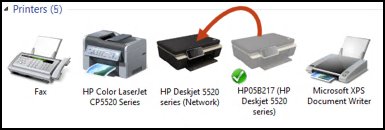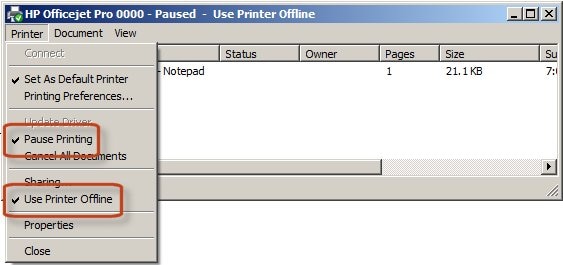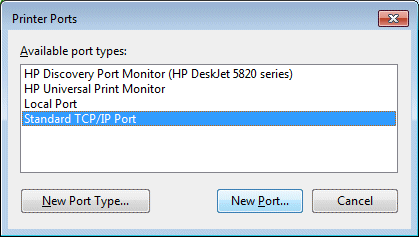Officejet 5740 will not connect
Options
- Mark Topic as New
- Mark Topic as Read
- Float this Topic for Current User
- Bookmark
- Subscribe
- Mute
- Printer Friendly Page
turn on suggested results
Auto-suggest helps you quickly narrow down your search results by suggesting possible matches as you type.
Showing results for
Guidelines
Here is the solution for Blue screen error 83C0000B on HP OfficeJet Pro 8010e, 9020e Printer Series: Click here to view.



 is on and steady.
is on and steady. and to an available port on the router. The green link light should be steady, and the orange activity light should blink.
and to an available port on the router. The green link light should be steady, and the orange activity light should blink.





